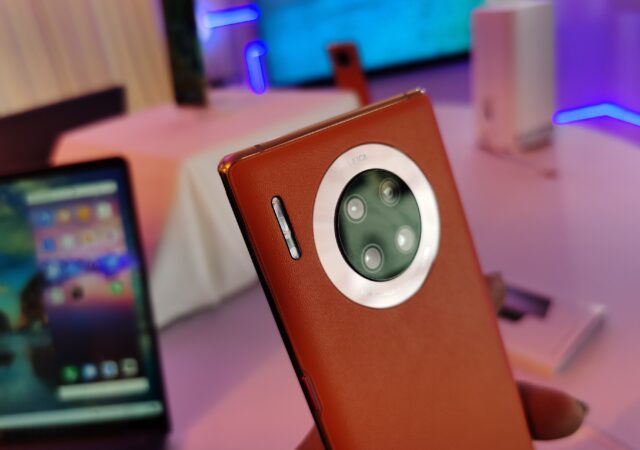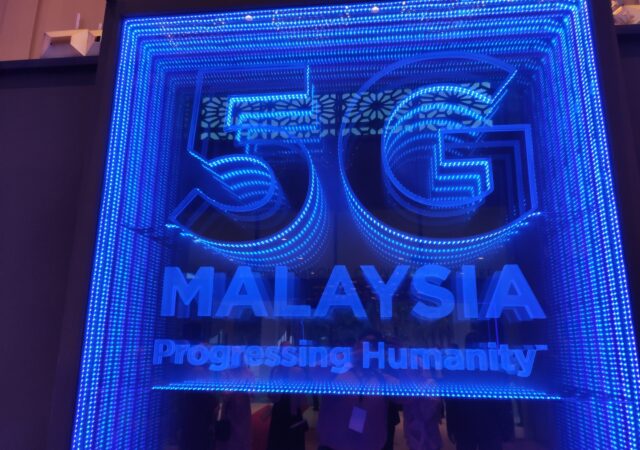Malaysia has been discussing and researching 5G for a while now. In fact, the initial rollout of 5G commercially will begin in Q3 2020. With that in mind, HUAWEI was also present at the recent 5G Malaysia International Conference in…
Rolling Out Commercial 5G Isn’t Going to be Easy – 3 Things To Learn from South Korea
Malaysia is set to be one of the world’s pioneer markets when it comes to the rollout of 5G. As reported previously, Malaysia is on track to rollout commercial 5G by Q3 2020; that’s a mere 6 months away at…




